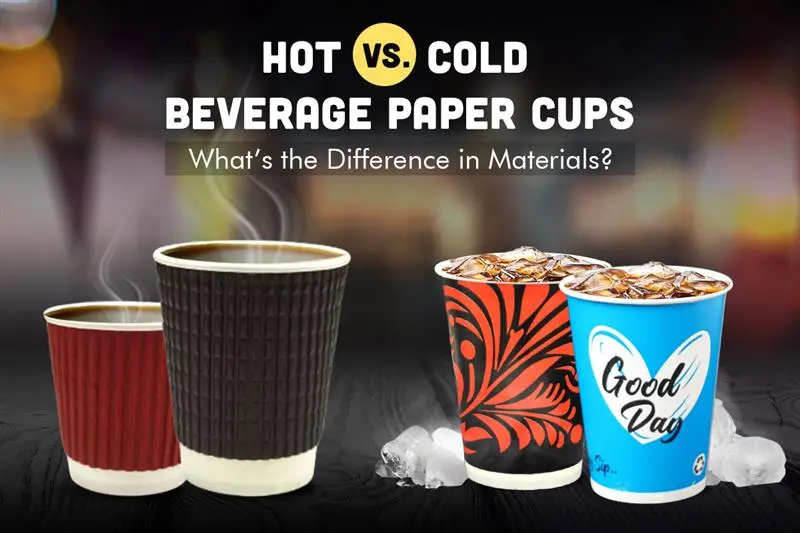Did you know that about 16 billion paper cups are utilized only for coffee in the United States per year? That’s enough cups to circle the earth 55 times! This staggering statistic raises an important question: What model should we create to introduce a huge shift in the way paper cups are recycled and decrease our environmental impact?
The answer lies in advanced recycling methods of waste management and a change in consumer and business attitudes. Let’s look at how paper recycling works and check out the new trends that are changing the industry.
The Challenge of Recyclable Disposable Cups
When it comes to recycling, regular paper cups are a bit tricky. They usually have a thin plastic coating to stop spills, which makes it tough to recycle them the usual way. Plus, the thin paper lining is often made of polyethylene, which complicates things even more and generally needs specialized recycling facilities.
The result? Millions of cups end up in landfills, contributing to our growing waste problem. However, recent innovations are changing the game, offering hope for a more sustainable future.
Some companies have come up with disposable cups that are easier to recycle, such as: instead of using polyethylene or other plastic lining that cannot be separated from the paper during recycling, these cups have a new lining or surface coating that degrades during recycling. One example is a cup made by the UK company Frugalpac. It is made of recycled paper and has a thin layer of plastic that makes it easy to recycle. Also, Kotkamills, a Finnish company, has made a water-based dispersion covering that can be substituted for plastic linings.
What are the innovations in the Paper Recycling Process?
There are several fascinating and significant steps in the process of reusing a paper cup. Companies and customers should be aware of this process to know just how complex and essential it is for proper recycling.
The following are the essential steps involved in recycling paper cups:
- Collection: Specialized bins are set up in busy areas to gather used cups. Many businesses are now collaborating with recycling companies to ensure effective collection.
- Sorting: Cups are distinguished from other waste and contaminants. Advanced sorting technologies, such as optical sorters and artificial intelligence, are enhancing the efficiency of this process.
- Pulping: The cups are combined with water to create a slurry, which helps break down the fibers. Newer pulping technologies are being introduced to improve the separation of paper from the plastic lining.
- De-inking: Inks or dyes are eliminated from the pulp. Research is underway for environmentally friendly de-inking processes to minimize using harmful chemicals.
- Cleaning: The pulp undergoes cleaning to remove any remaining contaminants. This stage is essential for ensuring the quality of the recycled paper.
- Refining: The pulp is refined to enhance its quality. This process greatly influences the strength and texture of the final recycled paper product.
- Papermaking: The refined pulp is used to produce new paper products. This can include new paper cups, packaging materials, or office paper.
Thanks to progress in this technology, especially in the pulping and cleaning stages, it has become possible to recycle more types of paper cups, even those with plastic liners.
Types of Recyclable Paper in the Cup Industry
Not all paper cups are created equal when it comes to recyclability; it varies with their designs. As more and more businesses feel the heat to act eco-friendly, there’s a major push to create new types of cup materials. Check out this list of some of the recyclable paper options being used in cup production:
Bio-coated paper:
This type of paper features a plant-based lining rather than plastic. These cups are suitable for composting in industrial facilities. It decomposes more readily during recycling.
Mineral-lined paper:
This paper includes a mineral coating that can be easily separated during the recycling process. This development enables the cup to retain its useful properties while improving its recyclability.
Single-polymer cups:
These cups are constructed entirely from a single type of plastic, simplifying the recycling process. Although they are not made from paper, they provide a recyclable option compared to conventional paper cups.
Clay-coated paper:
This paper uses a thin layer of clay instead of plastic, allowing for easier separation during recycling.
These tech breakthroughs help companies adopt greener practices while still keeping things running smoothly. However, these options are usually restricted by whether or not the right recycling facilities are available.
The Case for Reusing and Recycling in Business
Businesses that think ahead are realizing that adopting paper cup recycling practices benefits not only the environment but also their business. Customers today are more aware of environmental issues. A major number are willing to spend more on products and services from companies that show a commitment to sustainability.
Starbucks, for instance, has committed to making 100% of its cups reusable or recyclable by 2025. It has improved their image and given other companies the courage to emulate this step. The firm is piloting different solutions, which include a circular cup system in South Korea and reusable cups in several countries. Many other organizations are still exploring unique strategies to incorporate reuse and recycling principles into their operations. For example:
- UK-based company Cup Club offers a returnable cup system for businesses, reducing the need for disposable cups.
- Fast-food giant McDonald’s has partnered with packaging company Huhtamaki to pilot a fiber-based cup that can be recycled and composted.
- Coffee chain Costa Coffee has implemented in-store recycling points and works with waste management companies to ensure their cups are recycled.
These efforts show that you can have sustainable practices and still have a profitable business. This opens the door for more people to start using paper cup recycling methods.
The Last Thought
Paper cup waste is a considerable problem, yet it is not something that can’t be solved collectively. Being consumers, we need to begin taking responsibility for the products that we use and how we dispose them. This might mean choosing reusable cups where possible, or where it isn’t possible, then ensuring we are putting paper cups in the correct recycling bin.
By adopting these emerging trends in paper cup recycling, we have the potential to change those 16 billion cups from being an environmental burden into a useful resource. The question we have now is not, “Can we recycle paper cups?” Instead, “How quickly can we implement these solutions?”
So, the next time you drink your coffee, remember that the cup you’re holding isn’t just a waste; it’s an opportunity to make a positive impact.




